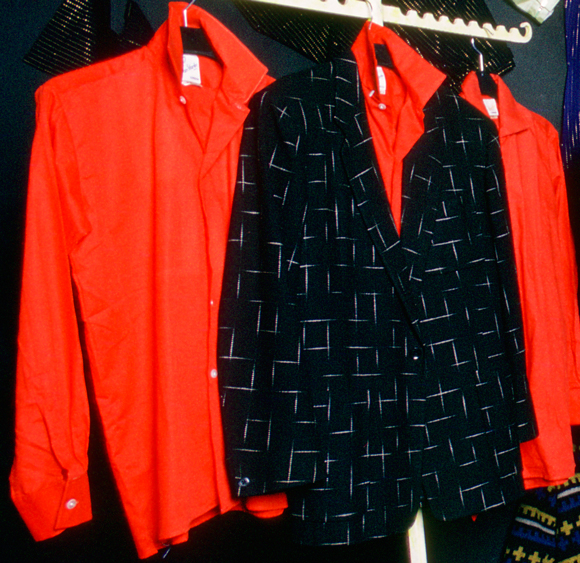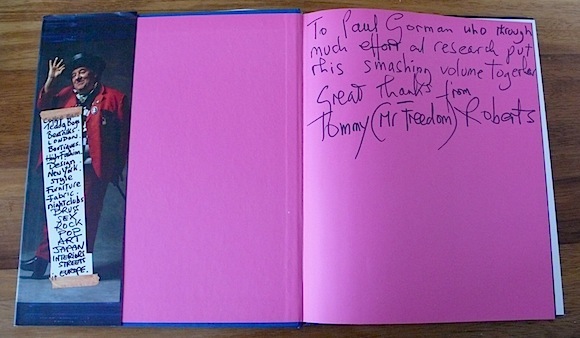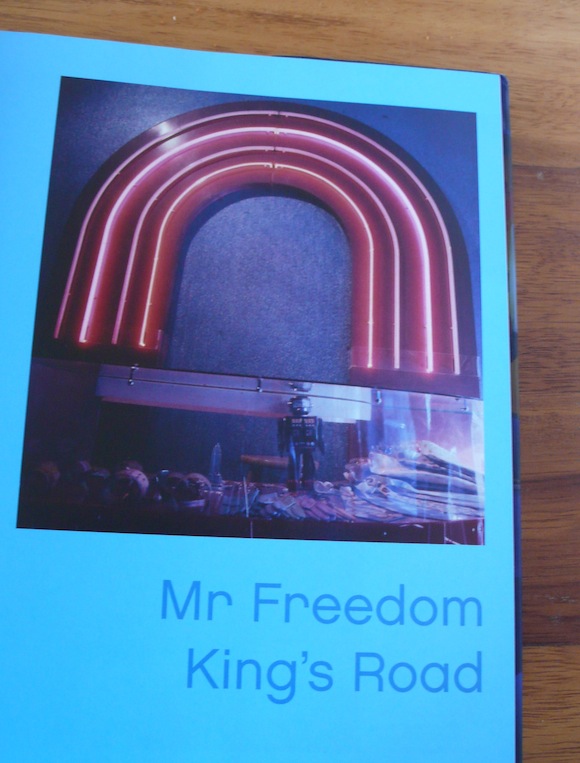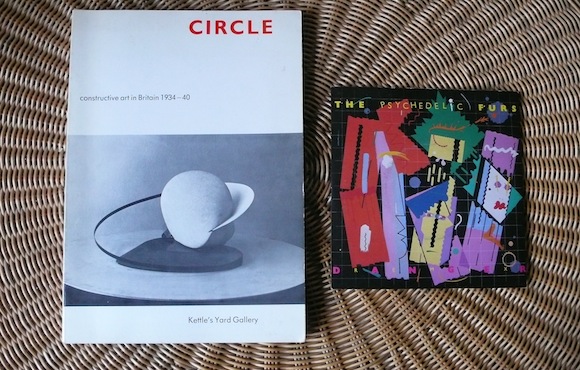// 5 x Barney Bubbles designs, 1981/2. Photo above: Nina Sologubenko//
Last week I had an exciting encounter with the rare and adventurous furniture designs produced by the late graphics master Barney Bubbles in the early 80s.

// 5 x Barney Bubbles designs, 1981/2. Photo above: Nina Sologubenko//
Last week I had an exciting encounter with the rare and adventurous furniture designs produced by the late graphics master Barney Bubbles in the early 80s.
What is Metamodernism?
In the 90s and the early 2000s it’s fair to say we grew up with a particular outlook on life, one of irony, of deconstruction and cynicism. This was noticeable in the music of Nirvana and Radiohead, in the books of Michel Houellebecq and Bret Easton Ellis, and we saw it in the arts with the YBAs and Jeff Koons. This is very much a sensibility that spoke to us, that we embraced.
That time was summed up by a sense of boredom in culture. This is it? And what now?
Throughout the 2000s we began noticing – as many people did and many have written about this – slight changes. First you get the complete reappraisal of writers such as David Foster Wallace, who started in the 90s but suddenly became big in the early 2000s. And you had sincere movies by Wes Anderson and Michel Gondry. This was all very different from the kind of stuff we grew up with. Something was changing. The irony of Nirvana, the desperation of Radiohead, the cynicism of Michel Houellebecq were replaced by something that was at once still cynical, still ironic and had an acknowledgement of how the world worked, but at the same time seemed to want more.
It is relatively common knowledge among those interested in the careers of Malcolm McLaren and Vivienne Westwood and their series of extraordinary shops that they supplied clothes to the 1973 album Golden Hour Of Rock & Roll; Let It Rock at 430 King’s Road was clearly credited on the back of the record sleeve.

//The photograph on the Rock Archive cover was flipped to better accommodate the text. Here it is as originally shot//
But I have fresh information which helps towards a greater understanding of McLaren’s project to investigate the detritus of popular culture’s recent past. During a bout of research recently I came across this earlier and hitherto undocumented use of Let It Rock clothing in a music context: the front cover of Rock Archive, a budget LP compilation released by the specialist British independent label Windmill in 1972.
And I am detailing the clothes on the cover with images taken inside Let It Rock which have never been previously published.

//Starke shirts with 50s sports jacket on Let It Rock wall, January 1972. Photograph: David Parkinson//
Each garment worn by the model – whose attempts at rocking out resulted in his giving every appearance of suffering considerable pain – comes from the deadstock of British brands assiduously assembled by Malcolm McLaren and his art-school friend Patrick Casey for the opening of the world’s first avowedly post-modern retail outlet in November 1971.
From the ground up, the Rock Archive cover star wore black suede Denson’s Fine Poynts, ice-blue Lybro jeans with 5in cuffs, a Frederick Starke flyaway collar shirt and a studded and decorated Lewis Leathers early 60s Lightning jacket (which featured a highly collectable 6-5 Special patch).
Sad to note the anniversary today of the death of Tommy Roberts, flamboyant design entrepreneur and subject of my book Mr Freedom.

//Dedication (right) with (left on cover-flap) list of abiding interests (courtesy Eve Ferret + Mark Summerfield) and Brian Aris portrait//

//Neon arch sales counter display designed by Jeffrey Pine for Mr Freedom, opened with partner Trevor Myles at 430 King’s Road in September 1969//
Here – with a selection of images from Mr Freedom – is an extract from an essay I have written about Roberts’ role in the development of design in Britain for Chris Breward and Ghislaine Wood’s book British Design: Tradition & Modernity, which will be published by Bloomsbury next year.
It is arguable that wider recognition for Tommy Roberts’ audacious innovations in the promotion of street style, furniture, gastronomy, home-wares, interiors and collectables was undercut by his refusal to observe the sensitivities of England’s post-war design world.
Roberts adopted an ebullient public persona to match his stout physique and broad Cockney accent. “I’m the most vulgar man in fashion, darlin’!” Roberts proclaimed to the no-less outrageous Sunday Times fashion editor Molly Parkin in the heyday of his Pop Art fashion and objects emporium Mr Freedom.

//Left: Catalogue for Circle: Constructive Art In Britain 1934-40, Kettle's Yard Gallery, 1982/Right: 7in sleeve for Danger/Don't Want To Be Your Shadow, The Psychedelic Furs, CBS, 1982//
Find out here.

//An early 80s window display by Simon Haynes: Geometrically arranged brightly coloured platforms and ladders//
These photographs from the archive of artist/set designer Simon Haynes convey the scope and ambition of the great 80s British independent retail outlet Practical Styling, operated by Paul Jones and Tommy Roberts on the ground floor and basement of London’s brutalist CentrePoint building.
Recent Comments